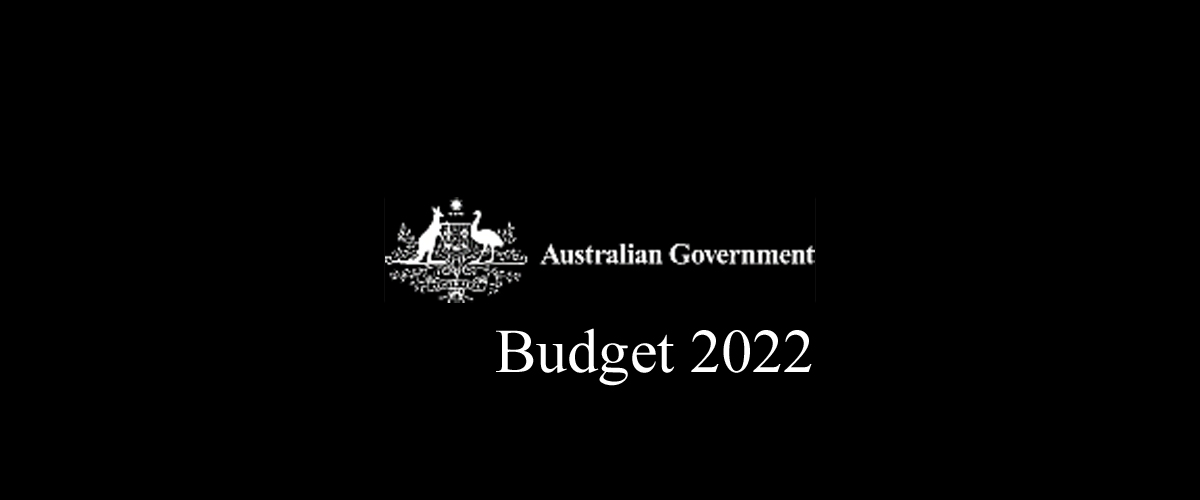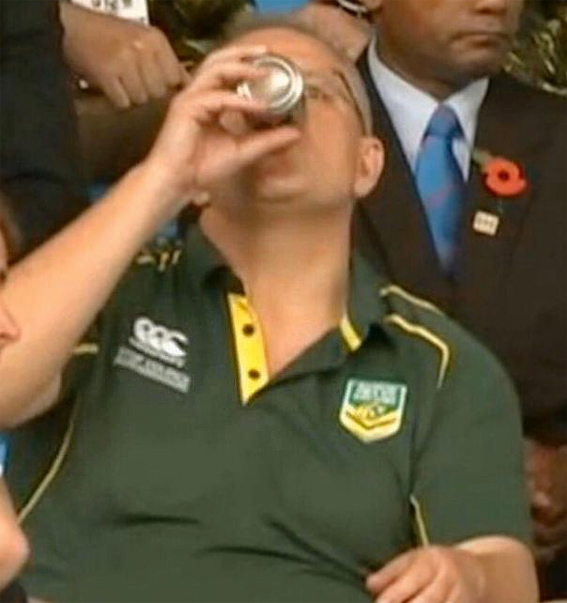
The Federal Government has issued its much-anticipated budget for the coming year, and critics are saying it is tainted with pre-election flavour, with only modest gains for small business and hospitality.
It appears Prime Minister Scott Morrison will be staying on the cans, as one promise that did not come was the hotel industry’s push to cut the tax on draught beer.
More than 20 backbenchers, in touch with their communities, supported the move to cut the “tax on socialising” by 50 per cent, but this plea has fallen on deaf ears and Australians will continue to pay the fourth highest draught beer taxes in the world.
The hidden beer tax is quietly and stealthily increased twice each year, and AHA National CEO Stephen Ferguson says the Association’s 5,000 members, 250,000 workers and millions of patrons are disgruntled that a beer in a pub is becoming “a luxury item”.
The Association also reports disappointment there were no changes to the Fringe Benefit Tax (FBT) system, which favours large-scale sophisticated employers over small business.
“It’s safe to say our members, staff and patrons feel let down,” poses Ferguson.
“A hidden beer tax doesn’t pass the pub test, and it was great so many backbenchers agreed with us.
“A cut to this hidden twice-yearly tax would shave about 30c off the cost of a schooner – that might not mean much to a politician, but it means a hell of a lot to many people in the front bar struggling to make ends meet.”
Offering some positivity for the challenged hospitality industry, the budget is bolstering aspects of employment. A further $365 million will go into the Boosting Apprenticeship Commencements scheme, with enrolments now set to close three months later, at the end of June. The scheme subsidises half of an apprentice’s wages during their first year, up to $7,000 per quarter, dropping to smaller subsidies in years two and three.
Many businesses making PAYG payments to the ATO are subject to an ‘uplift’ rate, being a buffer beyond their scheduled payments for which they can later apply for a refund if they end up paying more than their actual liability. This uplift rate has been at 10 per cent, but has been reduced to two per cent throughout FY23, allowing employers to hold on to more of their cash.
There are also hiring subsidies for seniors with disabilities, offering up to $10k for employers.
As part of the vote-bribing incentives for the average punter, comes the ‘cost-of-living package’, including temporary targeted measures intended to combat rapid inflation and “measures to support families to meet the cost-of-living pressures”.
This incorporates the fuel excise cuts, which came in higher than pundits expected, halving the current tax of 44.2 cents per litre to 22.1 per litre.
Other key aspects of the budget include investment in digital skills, changes to employee share schemes, and infrastructure upgrades.
Commentators have noted the presence of many announcements that are in fact reiterations of spending already pledged or spent, and talk of new legislation that has actually already been passed.
Conversely, other measures have been criticised for depending on legislation yet to be passed – reliant on the LNP being returned to power.
A key metric of concern was the deficit, which AMP reported came in for FY23 expected to be $80bn – down from the $99.2bn projected for 2021-2022.
A survey of 528 Australian SMEs by Employment Hero found more than two-thirds of business owners see tax reform as very important for their business, ranking it second behind inflation.
And the No.1 change operators wanted, according to the survey, was a broadening of the rules around business expenses, as championed by the AHA and industry.

